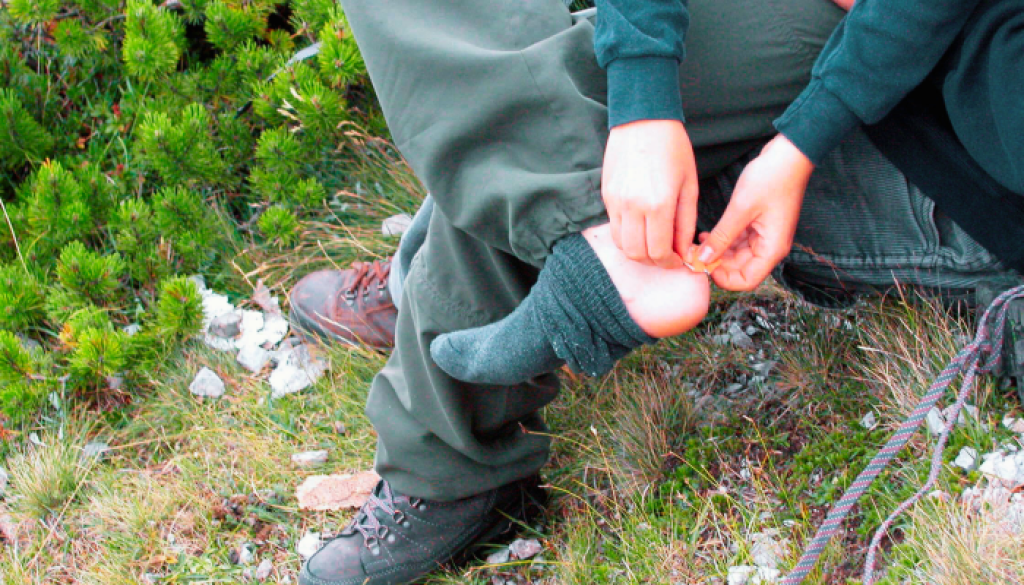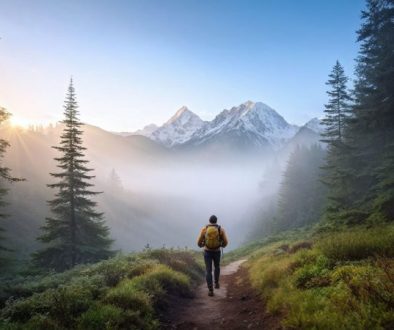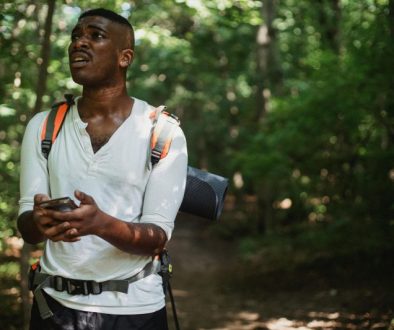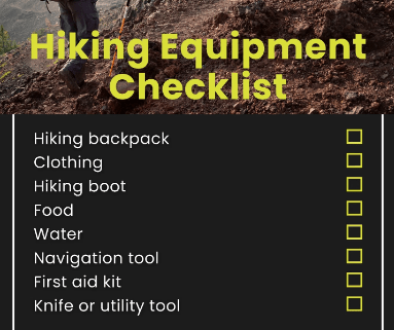How to Prevent Foot Blisters While Hiking
Hiking through Australia’s breathtaking landscapes can be an incredible experience. However, nothing can turn a perfect adventure into a painful journey quite like foot blisters. These pesky, fluid-filled bubbles can transform an exciting trek into a nightmare of discomfort.
Fortunately, preventing foot blisters is entirely possible with the right knowledge and preparation. In this guide, we’ll walk you through everything you need to know about avoiding foot blisters during your hiking adventures.
What Are Foot Blisters and Why Do They Happen?
Foot blisters are small, painful bubbles that form on the skin when friction, heat, and moisture combine to create a perfect storm of skin irritation. During hiking, several factors contribute to blister formation:
- Repeated friction between your skin and hiking boots
- Moisture from sweat
- Ill-fitting footwear
- Prolonged walking or hiking
- Soft or sensitive skin
Understanding Blister Risk Factors in Australian Hiking Conditions
Terrain Challenges
Australia offers diverse hiking terrains, from rocky Blue Mountains trails to sandy coastal walks. Each environment presents unique challenges for foot health:
- Rocky paths increase friction
- Sandy surfaces create additional skin movement
- Varied temperatures affect foot moisture
Climate Considerations
Australia’s diverse climate zones mean hikers must adapt their foot care strategies:
- Tropical regions increase sweating
- Dry inland areas can cause skin cracking
- Coastal walks introduce additional moisture challenges
Essential Strategies for Preventing Foot Blisters
1. Choose the Right Hiking Footwear
Selecting appropriate hiking boots is crucial for blister prevention. Consider these tips:
- Ensure proper fit with minimal heel movement
- Allow 1-2 cm of toe space
- Break in new boots before long hikes
- Choose breathable materials
2. Sock Selection Matters
The right socks can dramatically reduce blister risk:
- Opt for moisture-wicking materials
- Use hiking-specific socks with cushioning
- Consider double-layer hiking socks
- Avoid 100% cotton socks
3. Foot Preparation Techniques
Preparing your feet before and during hikes can minimise blister formation:
- Keep feet dry
- Use foot powder or antiperspirant
- Apply preventative lubricants
- Tape potential problem areas
4. Moisture Management
Controlling foot moisture is critical:
- Change socks regularly
- Carry spare socks
- Use moisture-wicking insoles
- Take breaks to air out feet
Advanced Blister Prevention Techniques
Taping and Protective Measures
- Use fabric or athletic tape on prone areas
- Apply moleskin before blisters form
- Use specialised blister prevention patches
Conditioning Your Feet
- Gradually increase hiking distances
- Toughen foot skin through consistent training
- Maintain overall foot health
Treating Blisters on the Trail
If a blister develops during your hike:
- Clean the area carefully
- Use sterile blister treatment kits
- Avoid popping blisters
- Apply protective dressings
External Resources and Supporting Information
- Australian Hiking Association – Foot Care Guidelines
- Podiatry Australia – Blister Prevention
- Wilderness Medicine Journal – Hiking Foot Health
Conclusion
I personally focus on 2 things and when I do them correctly, Every other point I have mentioned in this guide follows through without a hitch. I aim to get my sizing right and my socks quality.
Preventing foot blisters requires preparation, proper gear, and understanding your body’s responses. By implementing these strategies, you can enjoy Australia’s stunning hiking trails without the pain of blisters.
Disclaimer
The information provided is general advice and should not replace professional medical consultation. Individual foot conditions vary, and hikers should consult healthcare professionals for personalised guidance.




